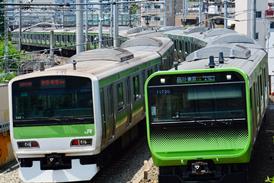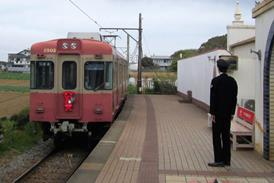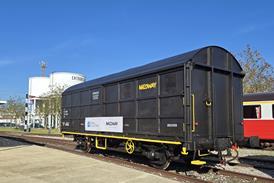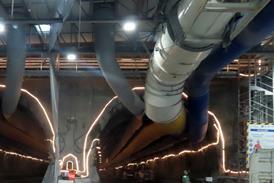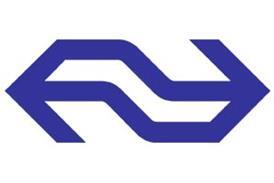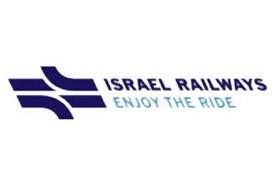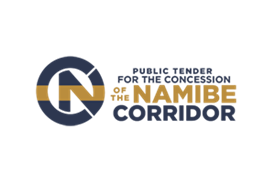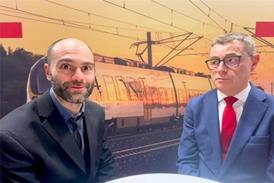Close menu
- Home
-
News
- Back to parent navigation item
- News
- Traction and rolling stock
- Passenger
- High speed
- Freight
- Infrastructure
- Policy
- Technology
- Ticketing
- Business
- Research, training and skills
- Accessibility and inclusion
- People
- Urban rail news
- Suburban and commuter rail
- Metro
- Light rail and tram
- Monorail and peoplemover
- Regions
- InnoTrans
- In depth
- Events
- Data
- Maps
- Tenders & Jobs
- Sponsored content
- Insights
Two in race for high-speed concession
By Railway Gazette International1997-10-01T10:00:00
INTRO: Next month is due to see the selection of a preferred bidder for a build-operate-transfer concession to build Taiwan’s long-planned Taipei - Kaohsiung high speed line. The government hopes to have the 340 km route open by 2003
Already have an account? LOG IN
To continue…
You’ve reached your limit of content for the month

